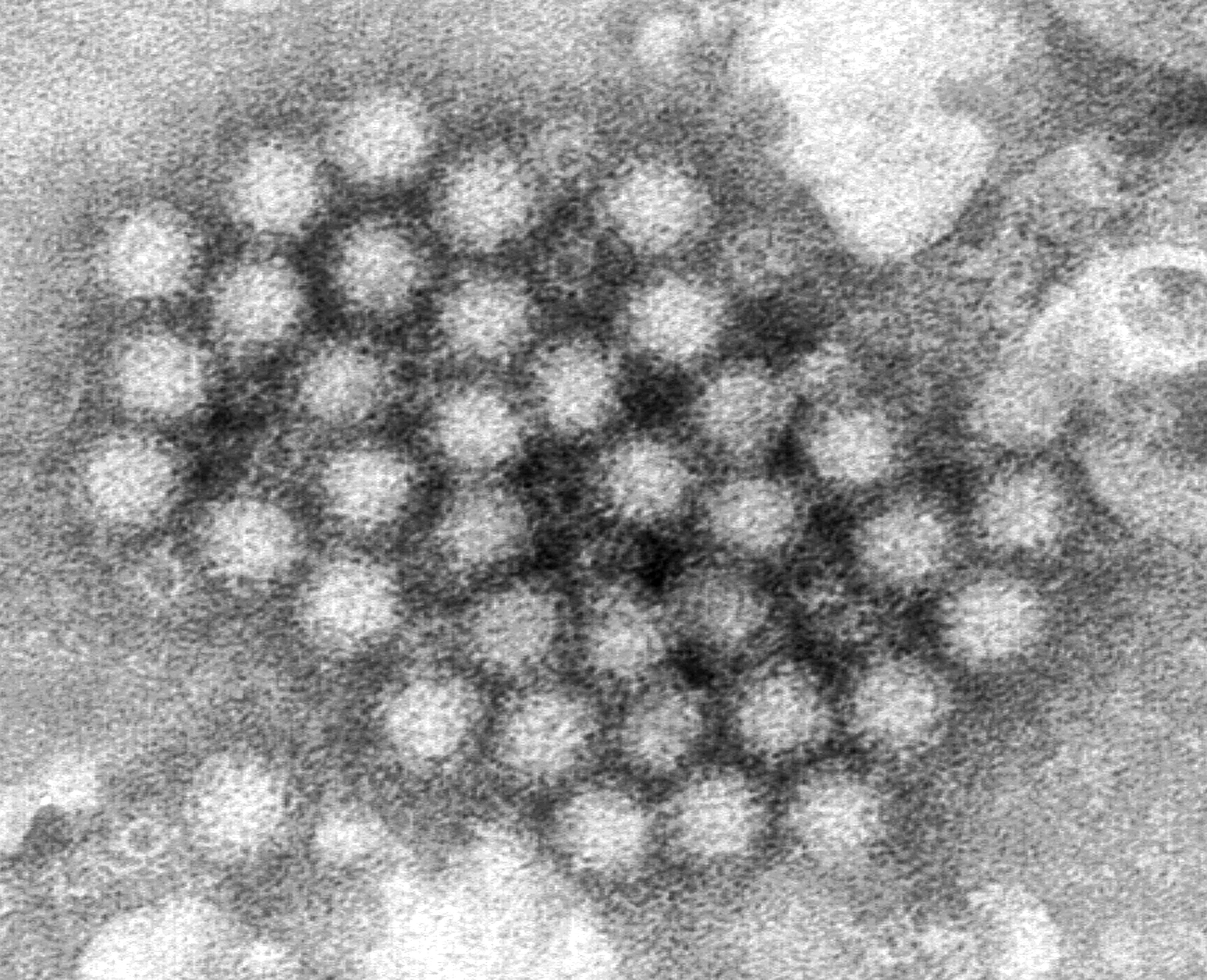[ad_1]
Cruise ship vacations this summer may present more concerns than just rough seas for travelers.
Experts point to recent government staff reductions within the CDC’s Vessel Sanitation Program (VSP), which inspects ships and investigates illness outbreaks, as a cause for concern.
These cuts, part of broader Trump administration reductions, coincide with a rise in cruise ship outbreaks driven by a new norovirus strain.
The VSP plays a crucial role in maintaining the health and safety of passengers by conducting regular inspections and responding to reports of illness.
With reduced staffing, there are concerns about the program’s ability to effectively monitor and address potential health risks on cruise ships. This situation raises questions about the potential impact on passenger safety and the effectiveness of outbreak prevention measures.
So far this year, there have been 16 illness outbreaks reported on cruise ships in the CDC’s jurisdiction, mostly from norovirus, compared with 18 outbreaks in all of 2024 and 14 in 2023, VSP reports show.
U.S. officials conducted nearly 200 inspections of 150 ships last year.

“Certainly it’s something that would be on my mind if was getting ready to get on that cruise ship,” said Donald Schaffner, a food science expert at Rutgers University.
What happened to the CDC’s Vessel Sanitation Program?
U.S. Health Secretary Robert F. Kennedy Jr. launched a broad restructuring of the nation’s health agencies in April. The move eliminated the CDC’s Division of Environmental Health Science and Practice, which housed the cruise ship vessel program, along with others focused on asthma, air quality, lead exposure in children and other issues.
Four full-time CDC staff, including scientists, were dismissed, said Erik Svendsen, the division’s fired former director. The program also employed 12 U.S. Public Health Service commissioned officers, who remain.
The officers, however, lack the expertise of the scientists who were let go, Svendsen said. In addition, the program was already understaffed, he said.
“It’s going to put them back many months before they’re really functional again,” he said.
A CDC spokesperson said in a statement that the VSP work “has not stopped.”
“Critical programs in the CDC will continue under Secretary Kennedy’s vision to streamline HHS to better serve Americans,” the statement said.
About 18 million people board cruises in North America each year, part of nearly 32 million passengers worldwide, according to the Cruise Lines International Association, an industry trade group. Cruise industry officials say the chance of contracting a gastrointestinal illness is far greater on land than on a ship.
Norovirus is the most common ailment tracked on ships, though other outbreaks do occur.
Of the 19 million to 21 million norovirus illnesses that occur each year in the U.S., less than 1% are tied to cruises, said Lee-Ann Jaykus, a North Carolina State University food microbiologist and virologist who has studied norovirus.
But even that fraction of cases can mean misery for many hundreds of people on ships who come down with symptoms that include sudden onset of vomiting, diarrhea and stomach pain that can last three days, according to the CDC.
Norovirus is highly contagious, often spread by food or on surfaces, particularly in crowded conditions. It is a short-lived illness for many people, but it can be dangerous for people with underlying health conditions, young children and those aged 65 and older.
What is the new strain of norovirus?
There are many different types of norovirus, but typically one dominant strain causes illness outbreaks, Jaykus said.
This year, a new epidemic strain has emerged, called GII.17. This version has circulated at low levels for years, but it was behind a surge in U.S. norovirus outbreaks this past winter.
Between Aug. 1 and April 9, more than 2,400 suspected or confirmed norovirus outbreaks were reported to a CDC monitoring system, roughly double for the same period a year earlier. The GII.17 strain has been responsible for nearly 80% of them, the CDC reported.
“It’s new to the population,” Jaykus said, which means most people don’t have immunity to the germ, so it can spread more widely.
People infected with norovirus typically shed “literally billions of viral particles,” said Schaffner, the food safety expert. And it only takes a few viral particles to make someone sick.

The first rule should be for sick people to stay home, he said. That’s not possible on a cruise.
If people get sick on a cruise ship, they’re required to report the illness and isolate themselves, but many fail to do so.
“You spent all this money for a fancy cruise and you’re feeling a little bit under the weather, so you tough it out,” Schaffner said. “But in the meantime, now you spread the virus.”
Passengers should be alert for signs of illness, even in other travelers. Vomit, for instance, can spread norovirus particles into the air, Schaffner noted.
“If you’re in a situation where you see someone vomit, immediately walk away from them, ideally into the wind,” he said.
Washing hands frequently is key, especially after using the bathroom or before eating and drinking. Using soap and water is best; wash for at least 20 seconds, scrubbing well. Hand sanitizer alone doesn’t work well against norovirus, the CDC notes.
Cruise lines have extensive sanitation protocols in place that are monitored through the CDC’s vessel program, which is paid for by industry through inspection and other fees that total tens of thousands of dollars per ship per year.
It remains to be seen how cuts to the program will affect inspections and outbreak investigations in the future, Schaffner said.
“If you want to have no disease outbreaks, all you have to do is fire all the epidemiologists,” he said. “And there’ll be no one there to investigate.”
[ad_2]
Source link



